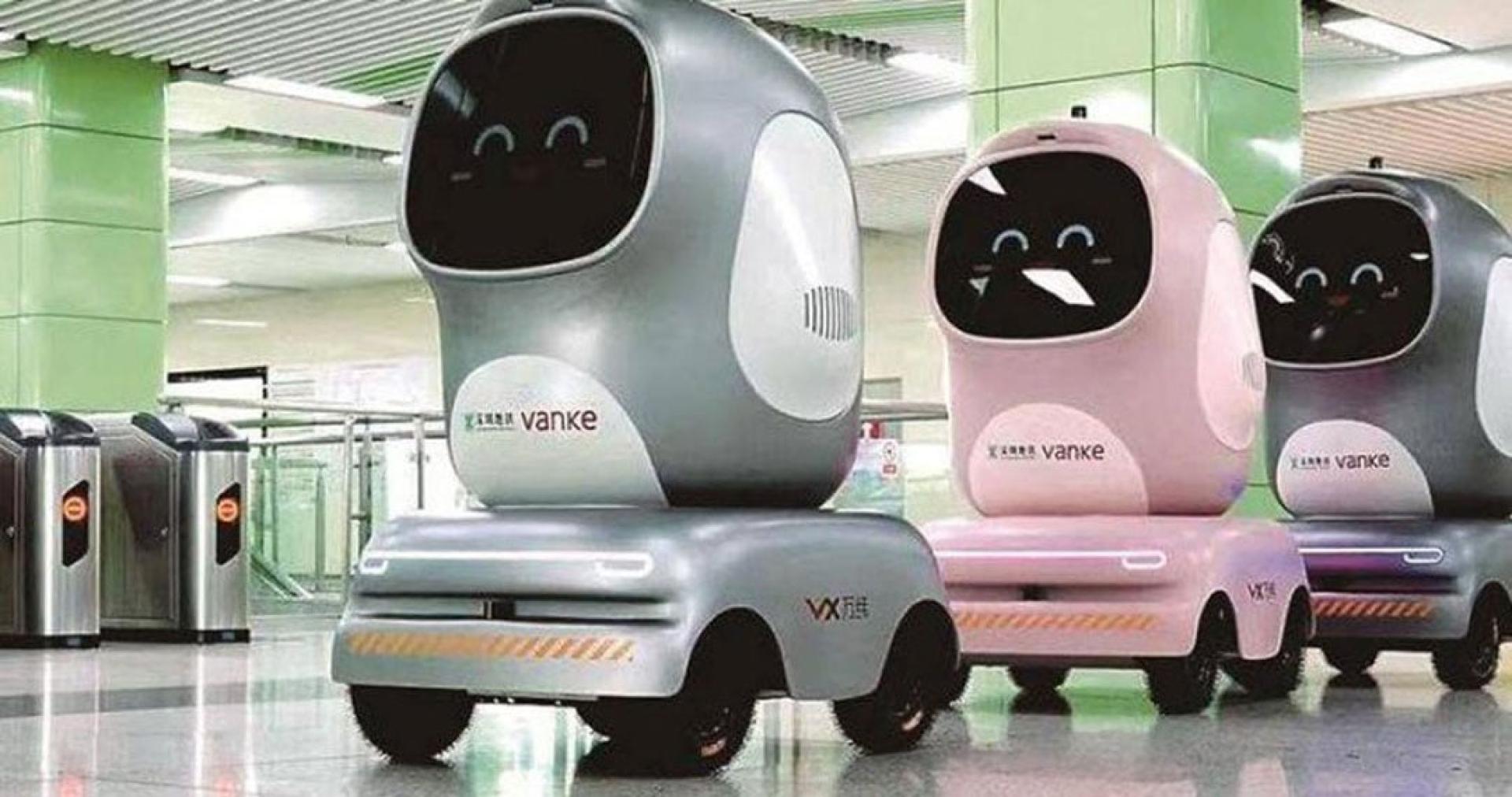The world’s first ever autonomous subway delivery by robots became reality in Shenzhen, China on the 15th. This era-defining moment took place at Shenzhen Metro Line 2’s Bayxia Station, where metro delivery robots made use of off-peak periods and, via AI scheduling algorithms and robotic technologies, achieved fully unmanned deliveries.
According to Shenzhen Special Zone Daily, when the train doors opened, robots shaped like cartoon Arctic terns deftly entered the carriage and lined up neatly, immediately attracting the attention of passengers, who took out their phones to take photos. As it turned out, these robots were “packed” with a variety of products beloved by commuters and autonomously planned the optimal subway routes to deliver goods to 7-Eleven stores both at Bayxia Station and at other metro station locations.
The manager of the 7-Eleven metro store participating in this robot delivery pilot said: “In the past, store deliveries could only be made to the metro stations via ground transportation. Not only was parking a problem, but also the process of moving goods from the ground to the store often ran into metro rush hours, making delivery time and labor costs relatively high.” Currently, 7-Eleven has over 100 stores inside Shenzhen metro stations. According to calculations, if 41 robots are coordinated with the metro transport network, they would be able to meet peak season delivery demands to all 7-Eleven stores throughout the Shenzhen metro system.
It is understood that this metro delivery robot was jointly developed by Shenzhen Metro and Vanke. Addressing problems of low efficiency and difficulty in logistics delivery for metro merchants, this new approach combines rail transit with unmanned delivery robots, providing a new application scenario for robots worldwide. The delivery robot integrates AI scheduling algorithms, panoramic lidar, mechanical chassis, and other hardware and software technologies.
